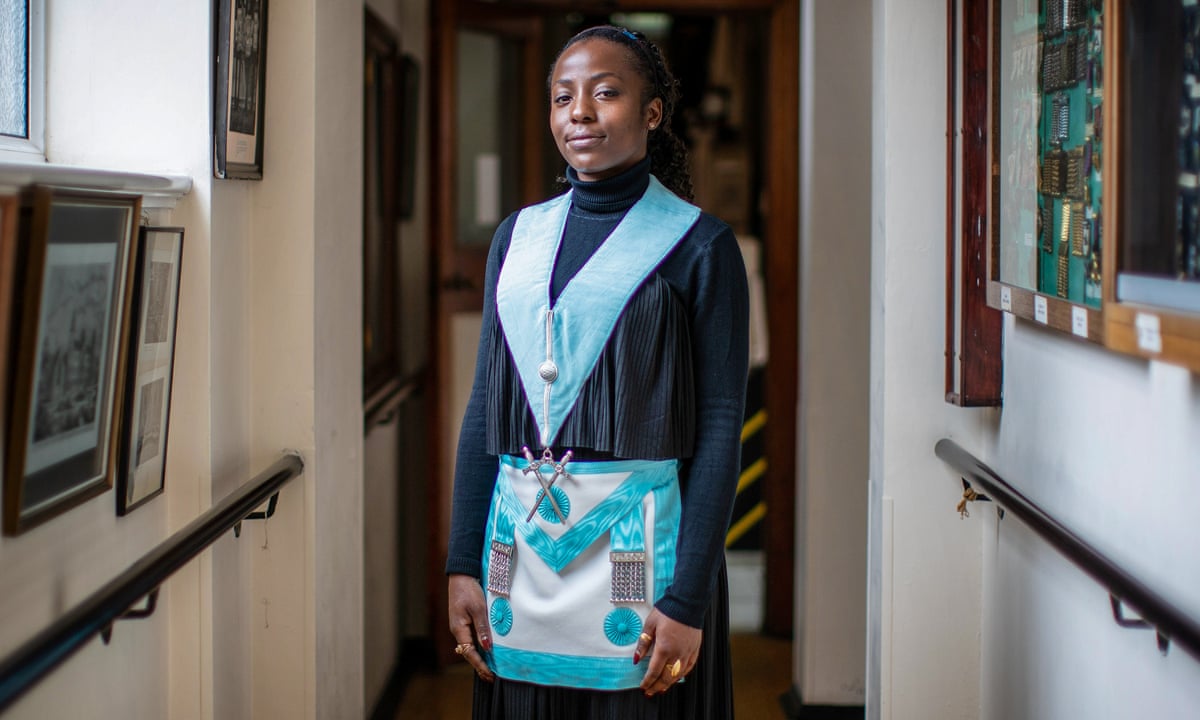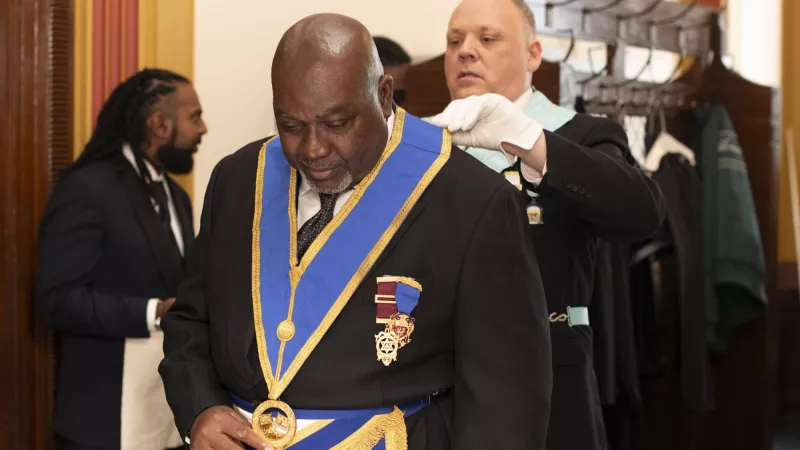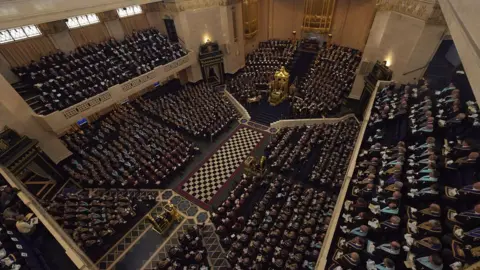Unveiling the Key Benefit of Joining Freemason for Lifelong Connections
Unveiling the Key Benefit of Joining Freemason for Lifelong Connections
Blog Article
Exploring the Mysteries of the copyright: What You Need to Know
The copyright, a term typically shrouded in intrigue and conflict, stands for a complicated tapestry of historic reality and modern-day misconception. Established in the late 18th century, this secret culture was at first rooted in the Enlightenment's perfects but has actually given that ended up being synonymous with conspiracy theories about elite control.
Beginnings of the copyright
The origins of the copyright are soaked in a blend of historic intrigue and ideological fervor. Established in 1776 in Ingolstadt, Bavaria, by Adam Weishaupt, the group was initially formed as a secret society aimed at advertising Knowledge ideals such as reason, secularism, and the separation of church and state. join freemason. Weishaupt, a professor of canon legislation, looked for to challenge the prevailing authority of the church and state, which he considered as overbearing establishments suppressing intellectual and individual liberty
The copyright sought to recruit prominent participants from numerous societal sectors, consisting of politics, academia, and the arts, to cultivate a network dedicated to these Enlightenment concepts. The society operated under a veil of privacy, utilizing coded language and routines to protect its participants from persecution, especially given the repressive environment of the time. Nevertheless, the copyright faced considerable resistance from both governmental authorities and religious institutions, which checked out the team as a threat to their power.
Trick Numbers and Participants
That were the critical numbers that formed the copyright's very early impact and direction? The Bavarian copyright, established in 1776 by Adam Weishaupt, arised as a reaction to the oppressive societal frameworks of the moment. Weishaupt, a law teacher, visualized the organization as a way to promote Knowledge suitables such as factor, secularism, and equality. His initial employment efforts consisted of prominent intellectuals, such as Baron von Knigge, who played an essential duty in broadening the group's membership and business framework.
An additional substantial number was Johann Gottlieb Fichte, a famous theorist whose concepts on nationalism and education and learning resonated with the copyright's objectives. Fichte was not an official member, his philosophical underpinnings affected the team's ideological background. Furthermore, figures like the author and philosopher Johann Wolfgang von Goethe were connected with the more comprehensive intellectual activities of the time, although their straight involvement with the copyright continues to be questioned.
These essential numbers added to the copyright's very early instructions, pushing the boundaries of political and social thought, while their collective initiatives intended to test established standards and foster a climate of dynamic adjustment in Europe. (join freemason)
Misconceptions vs. Fact
Numerous false impressions border the copyright, usually mixing fact with fiction in a method that covers its true nature. This secret society, initially established in 1776 in Bavaria, intended to advertise Knowledge ideals and fight religious and political fascism. The concept that the copyright continues to put in considerable impact over world events is a myth. While the team did exist, it was disbanded in the late 18th century and has actually not operated as a natural entity ever since.
Another common misconception is that the copyright makes up a network of elite individuals controling international affairs. In reality, numerous conspiracy concepts overemphasize the group's relevance, connecting unproven objectives This Site to social trends and events. This has led to an oversimplified sight of complicated issues.
Additionally, the portrayal of the copyright in pop culture frequently further misshapes its legacy. Films and literature have a tendency to sensationalize the organization's role, creating a narrative that diverges from historic truths. Understanding the difference between the myths and the fact of the copyright is essential for discerning the authentic influence of this historic group and identifying the broader ramifications of conspiracy concepts in modern society.

Modern Analyses
Contemporary analyses of the copyright frequently show wider social anxieties and an attraction with privacy and power. This modern lens frequently connects the copyright with conspiracy theory concepts that recommend a covert elite orchestrates world occasions, controling governments and economies for their very own gain. Such stories take advantage of an ingrained wonder about of authority, specifically in times of crisis or social turmoil.
In pop culture, the copyright is often depicted as an omnipotent company shrouded in mystery, causing a variety of fictional representations in literary works, movie, and music. This representation offers not only to amuse however likewise to prompt thought concerning the nature of power and control in modern culture. Social media site has actually further intensified these interpretations, enabling fast dissemination of conspiracy theory theories and developing neighborhoods that share and expand upon these ideas.
Additionally, some modern interpretations frame the copyright as a metaphor for the complexities of globalization and the interconnectedness of influential individuals and companies. This viewpoint encourages a vital examination of how power dynamics operate in today's world, highlighting the equilibrium in between openness and privacy in administration and company practices.
Cultural Effect and Tradition
Influenced by centuries of intrigue, the cultural impact and legacy of the copyright expand much beyond its historic origins. This secret society, developed in the late 18th century, has actually penetrated different facets of popular society, from literary works and movie to music and art. join freemason. The concept of the copyright has actually progressed into a symbol of conspiracy theory concepts, typically representing a viewed covert power manipulating international occasions
In literature, writers like Dan Brown have actually woven the copyright into intricate stories, fascinating readers with motifs of privacy and power. Films such as "National Prize" and "The Da Vinci Code" additionally bolster the allure of the culture, mixing fact with fiction to develop appealing narratives.

Inevitably, the copyright's legacy is an intricate tapestry of myth and truth, forming perceptions of secrecy and control in contemporary discussion. Its long-lasting existence in society emphasizes humankind's perennial quest for recognizing covert truths.

Conclusion
The exploration of the copyright discloses a complicated interaction in between historical realities and contemporary myth-making. Established in the Knowledge period, this culture intended to challenge oppressive frameworks, yet its legacy straight from the source has been eclipsed by conspiracy theory concepts that suggest elite manipulation. Comprehending the differences in between the initial perfects and contemporary analyses is important for understanding the sustaining attraction with the copyright and its significant influence on cultural stories bordering power and secrecy in culture.
Report this page